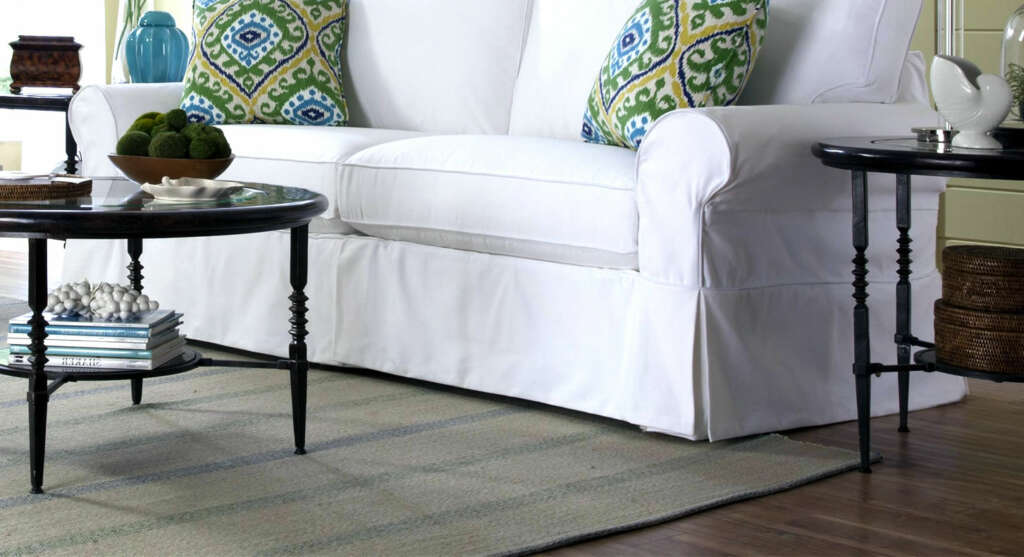
Before joining Comfort Works, I was quite oblivious of the many different styles of pleats that you can have on a sofa skirt; all I knew was that they either came with a skirt or without! Which was such a shame because the possibilities are endless with the beautiful looks that can be created with pleated skirts.
Pleating is an amazing way to add character and instantly change the look of an otherwise boring sofa. Armed with my newfound knowledge, I’ve decided to share what I’ve learnt with you guys – here are 5 basic pleat styles that are commonly used in upholstery/slipcovers:
1. Box pleats
A box pleat is one of the most common type of pleats. It’s formed when two equal folds of fabric are folded away from each other in opposite directions on the front of a length of fabric.
The folds usually meet evenly at the centre back, but they don’t have to meet at the centre. You can create a single box pleat or a grouping of box pleats, depending on the overall visual design.
2. Kick pleat / Inverted box pleat
An inverted box/kick pleat is basically the how the back of the box pleat looks like. It is formed by two equal length folds of fabric folded towards each another so they meet at the centre of the pleat in front of the fabric.
A kick pleat is typically found at the corner of a flat or box-pleated skirt on a sofa. Sofa with kick pleats tend to give a very traditional vibe to the pieces. But with the right kind of height and sewing, kick pleats can look very minimalist and modern, have a look at our Kivik 3 Seater long skirt sofa covers which comes with kick pleats.
Kivik 3 seater in Off-White Liege Eggshell Linen
If you do a Google image search on box and kick pleats though, you’ll notice that there might be a bit of a gray area with the 2 terms, but most experienced seamstresses would tell you that kick pleats are not the same as box pleats because well – they aren’t.
So if you’re discussing the kind of box/kick pleats you intend to have with your upholsterer/seamstress/slipcover provider, the best thing to do is just show them a photo of the pleats you want to make sure that you’re both on the same page.
3. Knife pleats
A knife pleat may sound dangerous, but it is actually one of the easiest to sew. In a knife pleat, the folds are pressed to one side in the same direction, which is why they are also sometimes called side pleats. I personally think that the knife pleats look pretty with a short mini skirt for an armchair or dining chair where you can still show off a bit of legs.
Unlike other types of pleats, knife pleats always travel in a gang. Just one or two would be considered more a tuck than a pleat.
4. Combo-pleating
A “combo-pleating” is when you use more than 1 type of pleat on the same panel. You can mix up the three different styles of pleating into various combinations in order to create that look you’re aiming for.
This is where creativity takes place – the images below illustrate only a small fraction of the variations possible. You can design your own signature pleat to match the your sofa to create your dream living room!
5. Shirred / Ruffled Pleats
Whereby a long rectangle of fabric is gathered at the seam resulting in a full skirt with pretty ruffled folds. A ruffle pleated skirt is soft and romantic in feel. This option in typically used with linens to create wrinkles for that effortlessly elegant shabby chic style.
TIP: Lightweight fabrics can be completely doubled to give the skirt more body, or use additional ribbons or co-coordinating fabrics pieced together to give the skirt a more custom look.
So let’s just say you have an IKEA Karlstad sofa – spice it up with long skirt Karlstad sofa cover along with ruffled pleats and it instantly looks like a luxurious custom sofa.
Bonus: Fringes
Fringes may call to mind the early twentieth-century rooms of Downtown Abbey or the flapper frocks of The Great Gatsby, but with the right fabric combination and fresh colours – it immediately turns a mediocre piece into a custom decor accessory.
We know that they’re not considered as a pleat, but they’re very unique and something that you might want to consider when decorating. Fringe trims comes in many shapes and sizes – bullion, tassel or brush fringe just to name a few.
Although fringe trims are usually found on upholstery sofas, you can get ready-made fringe trims from your local upholstery store and attach them to your sofa via machine/hand sewing, tag guns or staples. We’ve also seen fringe trims that comes with adhesive which are really easy to use for those who are not so handy with DIY tools (like myself).
So the next time you’re planning on decorating or recovering your old sofa, rather just get a sofa cover that’s similar to your current one, get a custom sofa cover that will change the look of the couch!
Until next time, happy designing folks!
Photo Credits:
Box & Inverted pleat images – http://www.realsimple.com/
Box pleat sofa – http://potterybarn.com/
Knife pleat skirt – https://www.etsy.com/
Shabby chic bench – http://cotedetexas.blogspot.com/
Combo pleats – http://www.internationalpleating.com/
Brush finge sofa – http://www.valeriegrantinteriors.com/
Bullion fringe trim details – http://www.vignettedesign.net/
Tassel armchairs – http://www.traditionalhome.com/
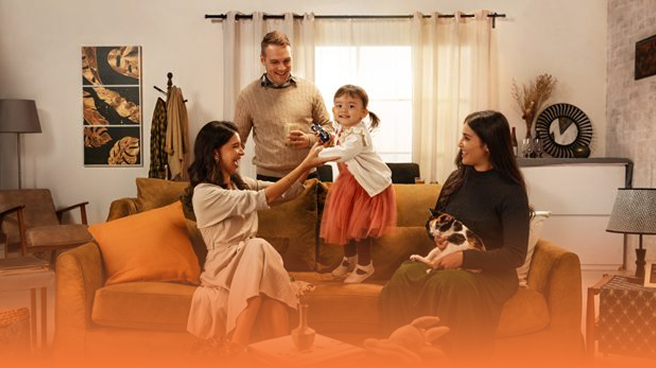



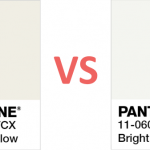
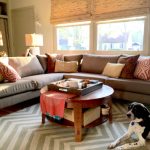
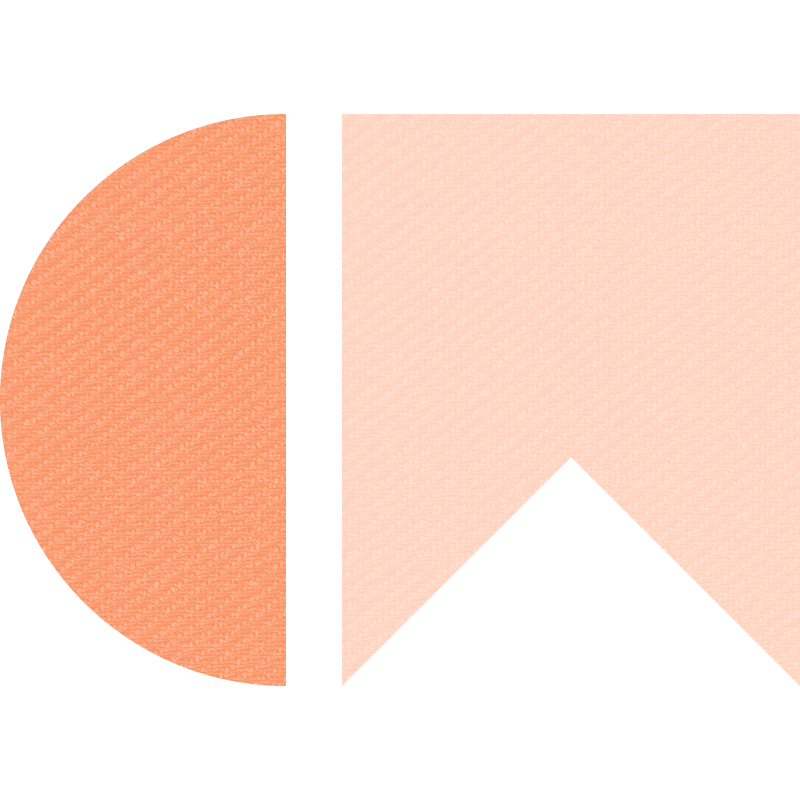

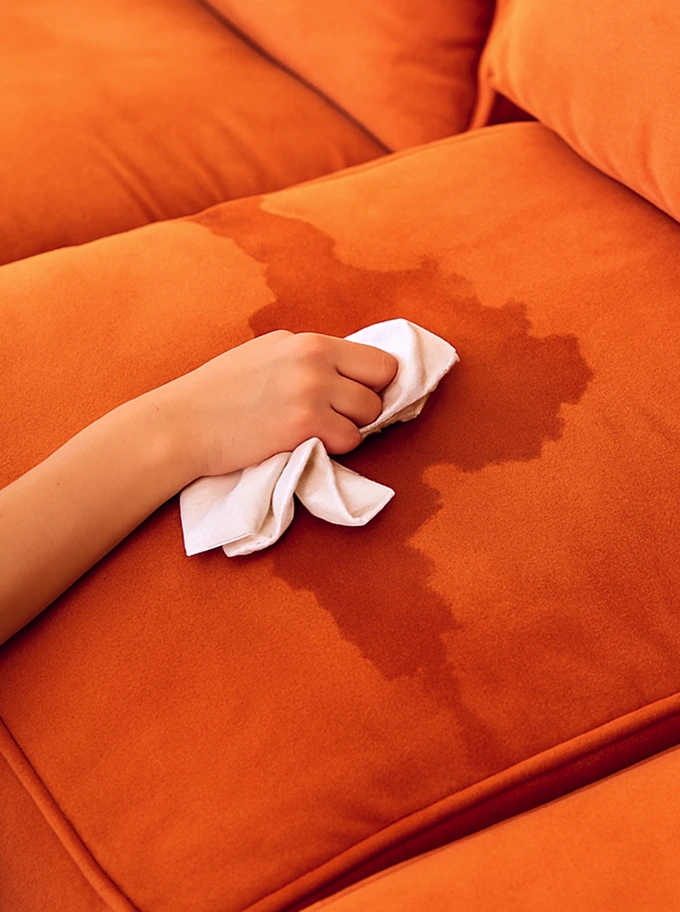
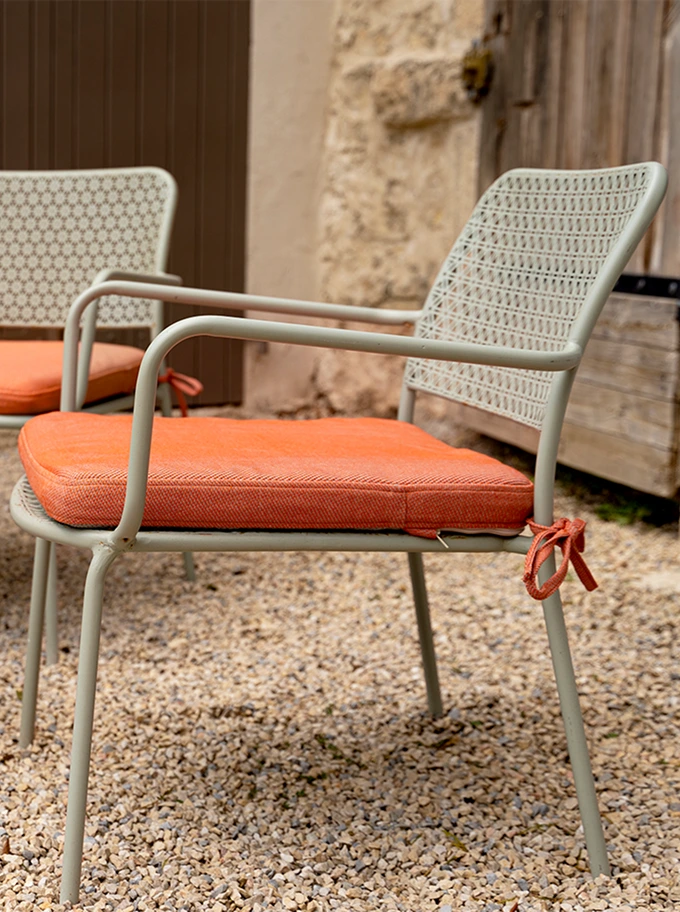
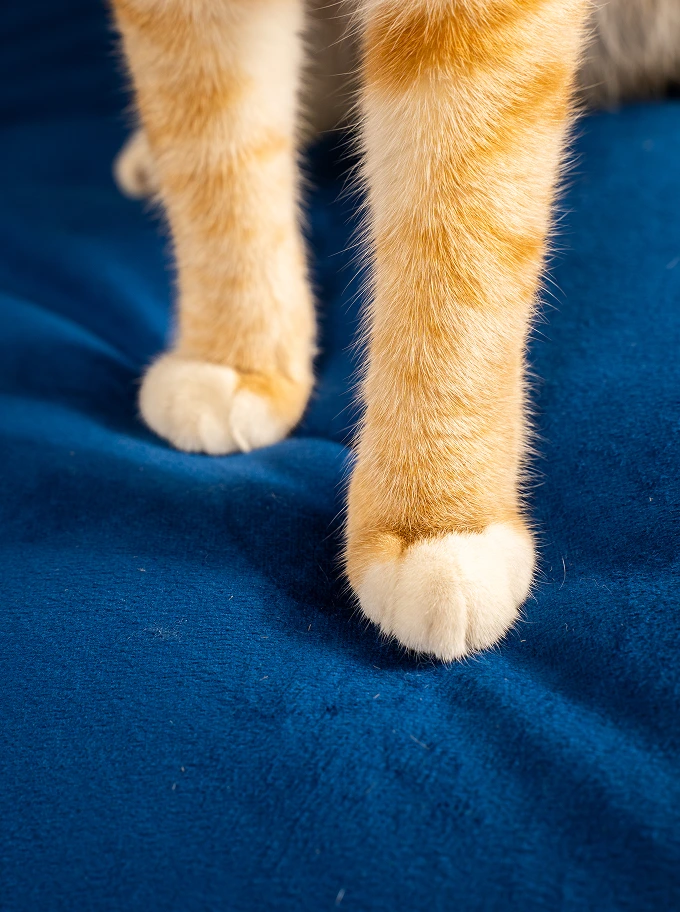
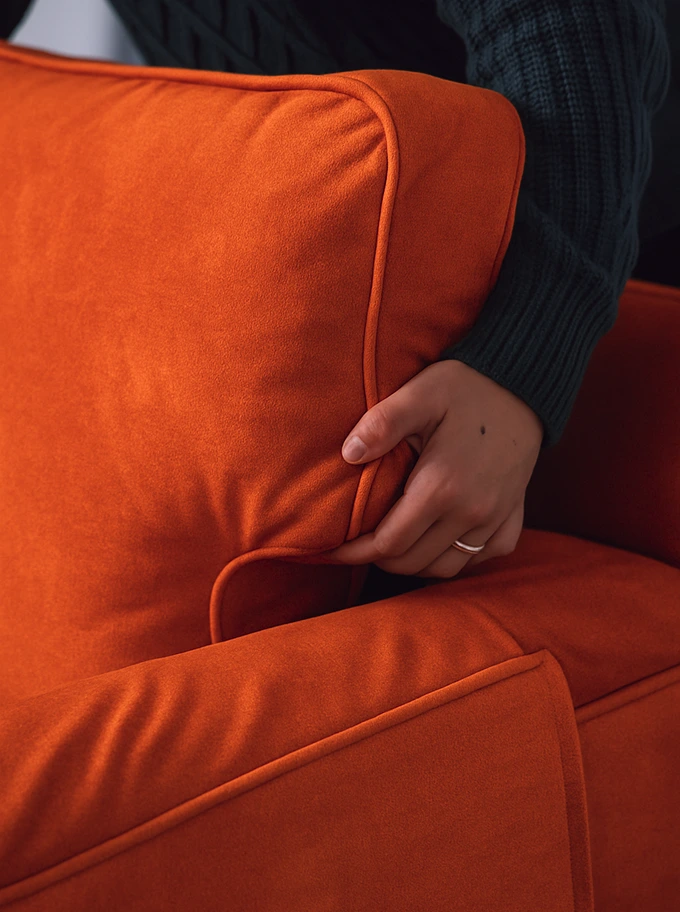
Donna LaForge
Nov 12, 2021What types of fabric are good for knife pleats on upholstry? I see the pleats in linen a lot, but what if it is a linen velvet?
Thank you
Donna
Naomi
Nov 12, 2021That’s a good question, Donna!
Generally, upholstery fabrics tend to be much thicker than other types of fabrics. With that being said, knife pleats (or as we call it, multi-multi pleats) tend to stay in shape and form a lot easier and last longer when the fabric is thin and crisp. Certain fabrics or materials such as velvets/leathers and faux leathers/thick blended fabrics may not hold very well in the form of knife pleats.
Velvet linens (being blended fabrics) are usually on the thicker side; which means they may not always work well when sewn into knife pleats. Of course, this is subjective to the thickness and texture of the fabric itself and a good way to know for sure would be to test this by stitching out the fabric and seeing if it holds well. :) If it holds well, you may get your upholsterer to re-upholster your couch with knife pleats in your selected linen-velvet fabric.
Hope this helps! Anyone else who has this at home; feel free to chime in.